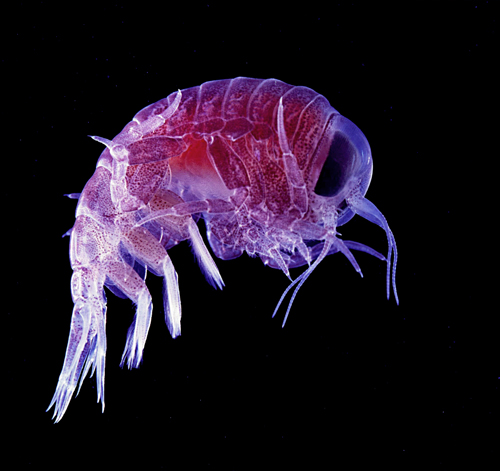Zooplankton
Zooplanktons, as mentioned earlier are the animal-like plankton. They are taxonomically and structurally diverse. They range from microscopic unicellular organisms to jelly fishes which may be several meters in diameter.

Zooplanktons are capable of movement on their own but cannot do that activity against water current. They are heterotrophic, which means they depend on other organisms. They are not capable of producing their own food as Phytoplankton and other plants by photosynthesis. They may be herbivores which consume plants or carnivores which consume other animals.
Zooplankton may be neritic or oceanic as defined earlier. Some spread all their life as plankton while others switch from being planktonic to nektons. Those that spend all their lives as plankton are collectively called holoplankton. They are permanent plankton. Some examples include jelly fish. Those that spend part of their life as plankton and switch to nekton are also called meroplankton. They are temporary plankton. Some examples are eggs of fishes and fish larvae. They are planktonic during their early stages of life but become nektonic when they become adults.